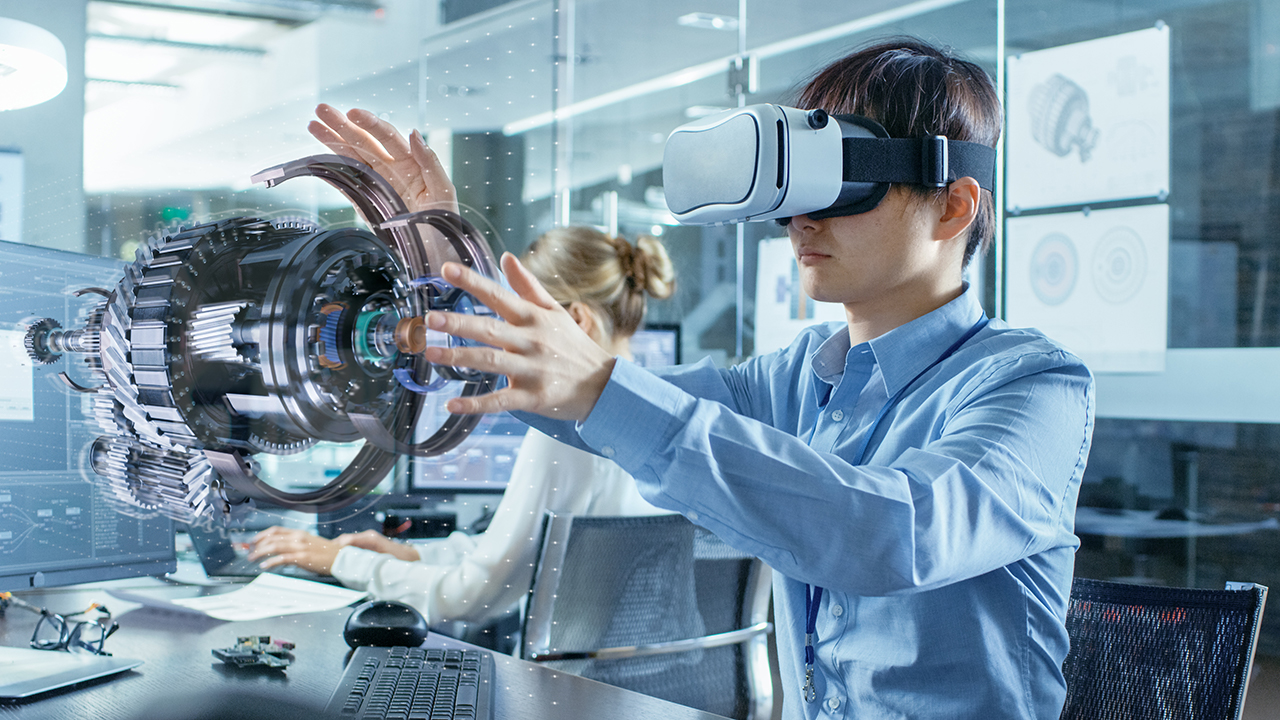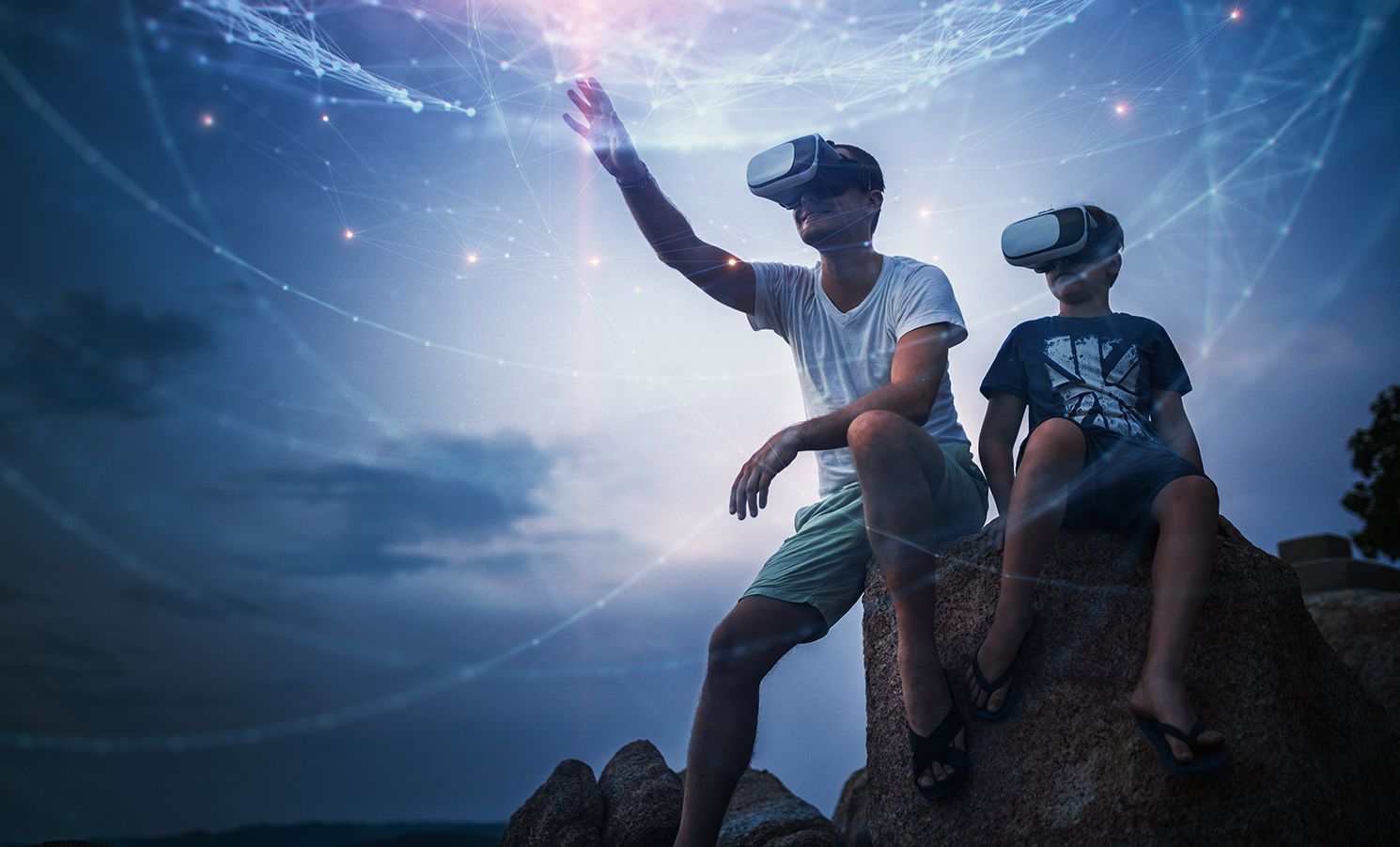ABOUT
VRARschool makes bespoke apps, films and experiences that tell our customers’ stories in unique ways. We make the content more engaging by letting the viewer be part of the event in a more immersive way, rather than looking at it through a traditional video. We make Virtual, Augmented and Mixed Reality experiences specialising in the educational sector with over 20 years of expertise working in education. Check out our Projects section or ask for a demo to see what we can do for you.
Virtual Reality (VR)
Put on a headset and be transported to a different reality. Your eyes see a whole new environment and you experience it in a more natural and intuitive way. Great VR is very much more emotionally engage than standard video as you are in the middle of the action. As you look around, the environment reacts to your head’s new position and your view changes in accordance.
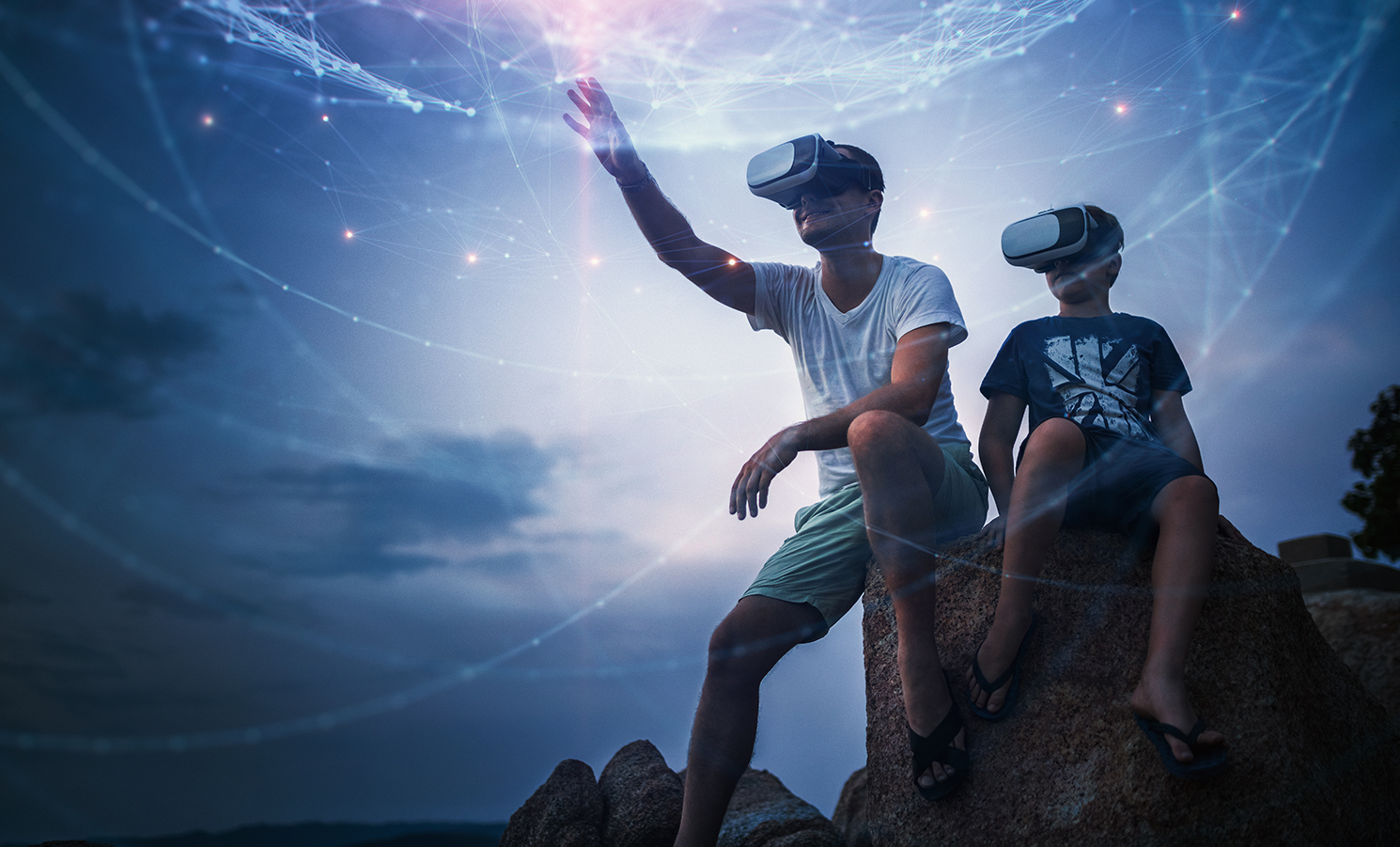
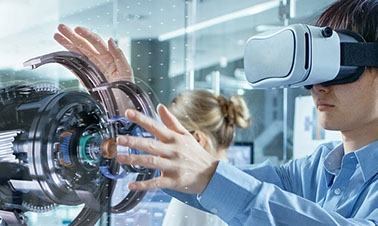
Augmented Reality (AR)
Virtual objects superimposed onto the real world make up AR, from floating menus seen on your phone’s screen through your camera or an engineer manipulating engine parts in his lab through an AR headset. It’s Pokeman Go animated character walking around in front of you or direction arrows shown on Google Street View, or even a surgeon seeing the path of the scalpel clearly marked out in a patient’s body. AR can be any of these things and numerous other possibilities.
Mixed Reality (MR)
MR is a more life-like, interactive type of AR that interacts with the real world. For example, an AR dragon lying on the table will have a shadow from the real light source present and when it hides under the table you will not be able to see it.
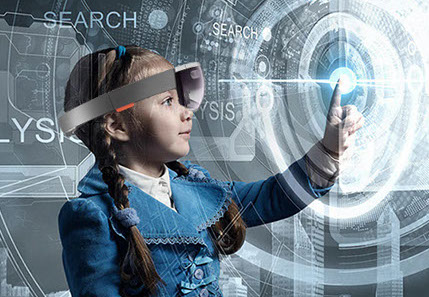
Collectively, VR, AR and MR can be grouped together under an umbrella term:
Extended Reality (XR)
PROJECTS
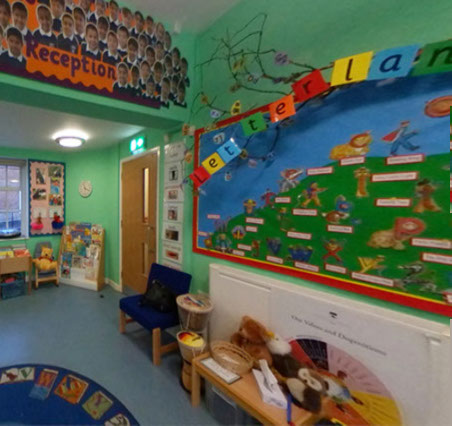
Open Morning app was able to show Merchant Taylors' Prep School to many more parents than could physically attend. This solved the problem of overcrowding and oversubscription. The 360 video app was viewed on Google Cardboard headsets which meant that many more devices could be used than standard laptops while also engaging parents’ and students’ WOW! factor compared to traditional video. After the event the app could be uploaded to App Stores so that more parents could get a look at the school.
Click here for a private demo.
Virtual Tour app
Merchant Taylors’ Secondary School app was made as a virtual tour so you could get to see the many activities the students experienced in a typical term. Being in the middle of the action meant you really got a feel for the school and the 360 video gave the users much more freedom to look around than standard video. The app also had a non-VR mode so that users without a VR headset could view the 360 experience through a ‘Magic Window’ by moving their phone around.
To download it from the Google Play Store click here. (Please note currently only available on Android devices.)
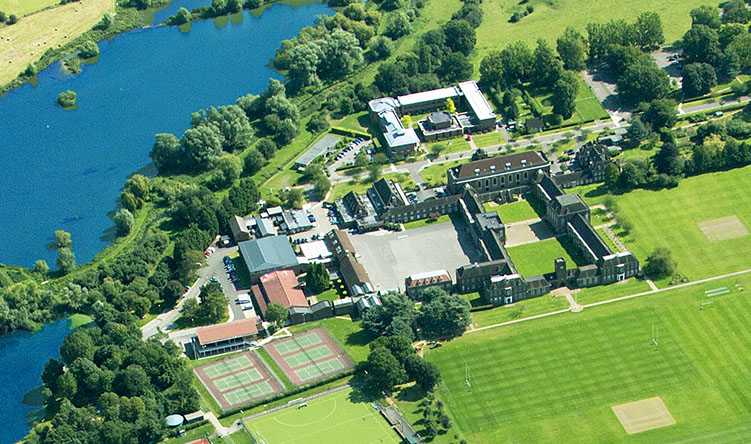
VR Science Lessons
Two years before Elon Musk launched his Starman and Tesla into space we already had it covered by launching our virtual robot in our virtual car! Our VR demo science lesson, an introduction to forces in Physics for secondary school students can offer huge benefits in engagement and memory retention by teaching in a more interactive and entertaining way.
Get in touch today and see how we can help you achieve your vision.
HARDWARE
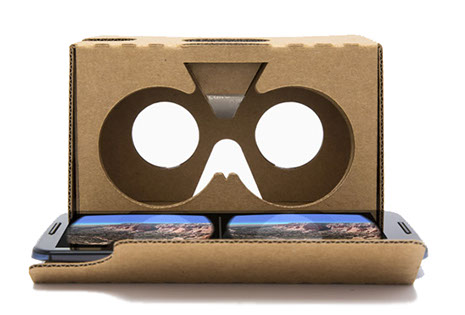
Google Cardboard is both the simplest and cheapest of all the VR headsets. Your phone is used as a screen.
DayDream is Google's revised and upgraded Cardboard, which will only work with newer, more powerful phones. It is similar to Gear VR and has a hand controller too.
Once the app is made it will have to be viewed on a device. Although you could use a mobile phone or tablet a much more immersive and engaging experience can be achieve with a specialised headset. These vary widely both in performance and price, with the biggest difference being whether they need to be connected to a computer (or equivalent) to run. Any device connected through wires is called tethered. Untethered devices do not need wires. We have made a list of the most common headsets you can currently buy. Please contact us if you need further advice.
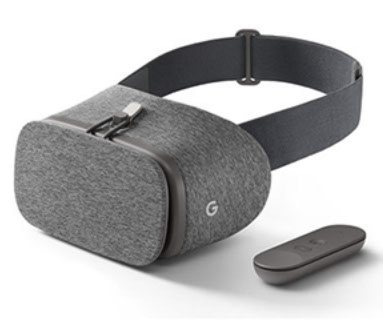
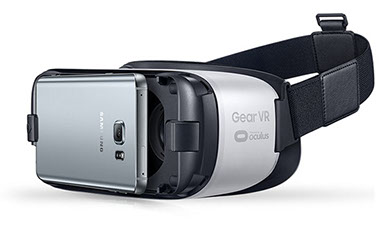
Gear VR is a joint venture between Oculus Rift and Samsung. This is the luxury version of the untethered headsets. It only works with the flagship Samsung phones, so that means S6 or higher.
HTC VIVE and VIVE PRO headsets are tethered headsets, that were the first to allow the user to walk around a space. They also have a pair of controllers each, which act as hands and are supported by the Steam and Viveport gaming platforms.
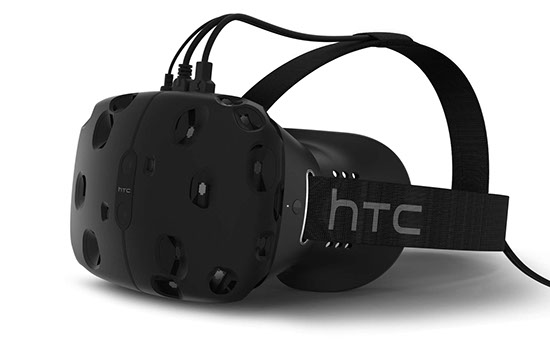
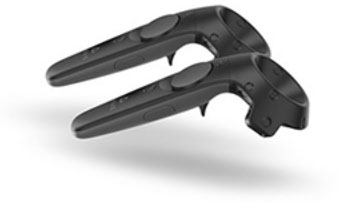
VIVE Cosmos is the mobile version of the Vive – it’s very similar to Oculus Quest in that you can walk around unrestricted.
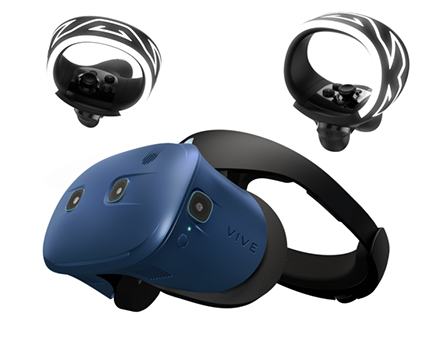
PlayStation VR is also tethered as you need to attach it to a Playstation. It can be used with two Move Motion controllers which work as hands in VR.
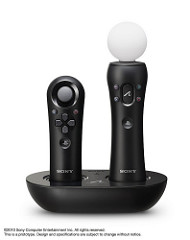
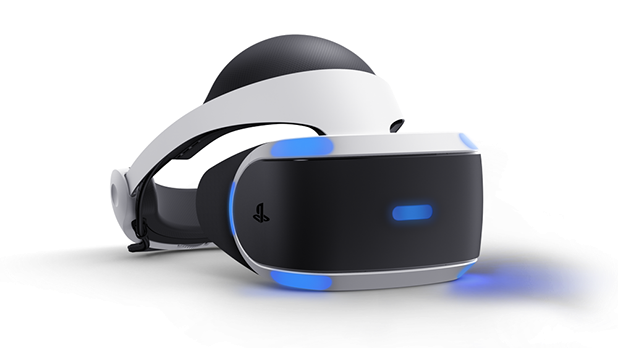
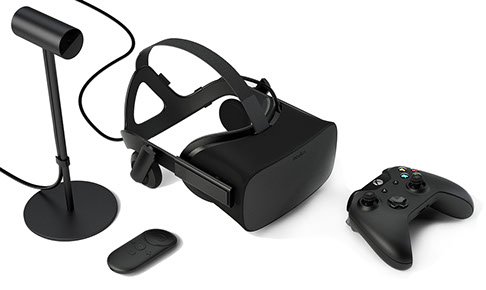
Oculus Rift is a tethered headset. It also has a pair of game controllers, which bring your hands (and fingers) into the VR space.
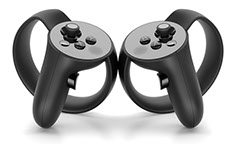
Oculus Go is an untethered headset equivalent to the Gear VR with the crucial difference that it does not need a phone to be plugged in as a screen.
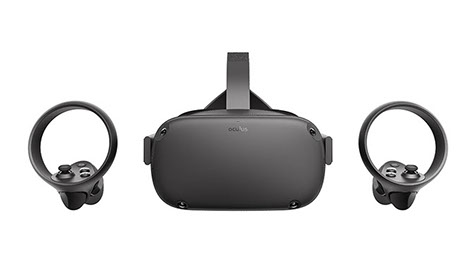
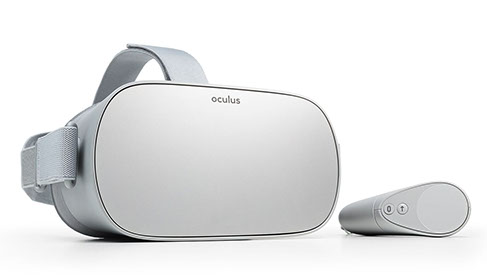
Oculus Quest is the untethered higher spec version that you can walk around in. It is much more capable than the Go but not quite as powerful as the Rift.
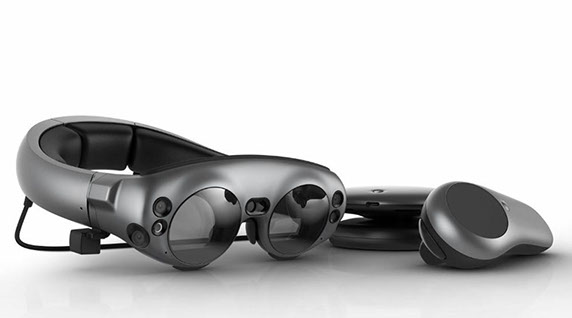
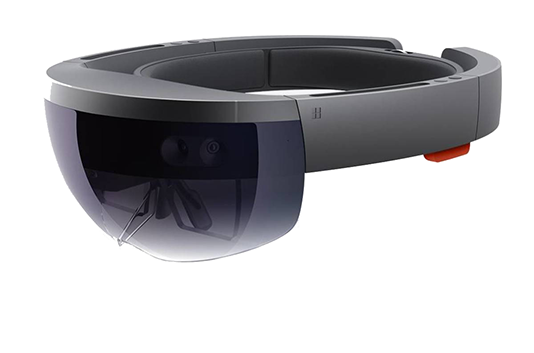
Hololens and Hololens 2 are untethered AR/MR headsets that allow for free roaming.
Magic Leap is another untethered AR/MR headset that is similar to the Hololens, which also allows for free roaming.
CONTACT
If you are interested in having VRARschool tell your story or are enquiring about a demo or simply want to get in touch please fill in the form below.
2019 VRARschool

